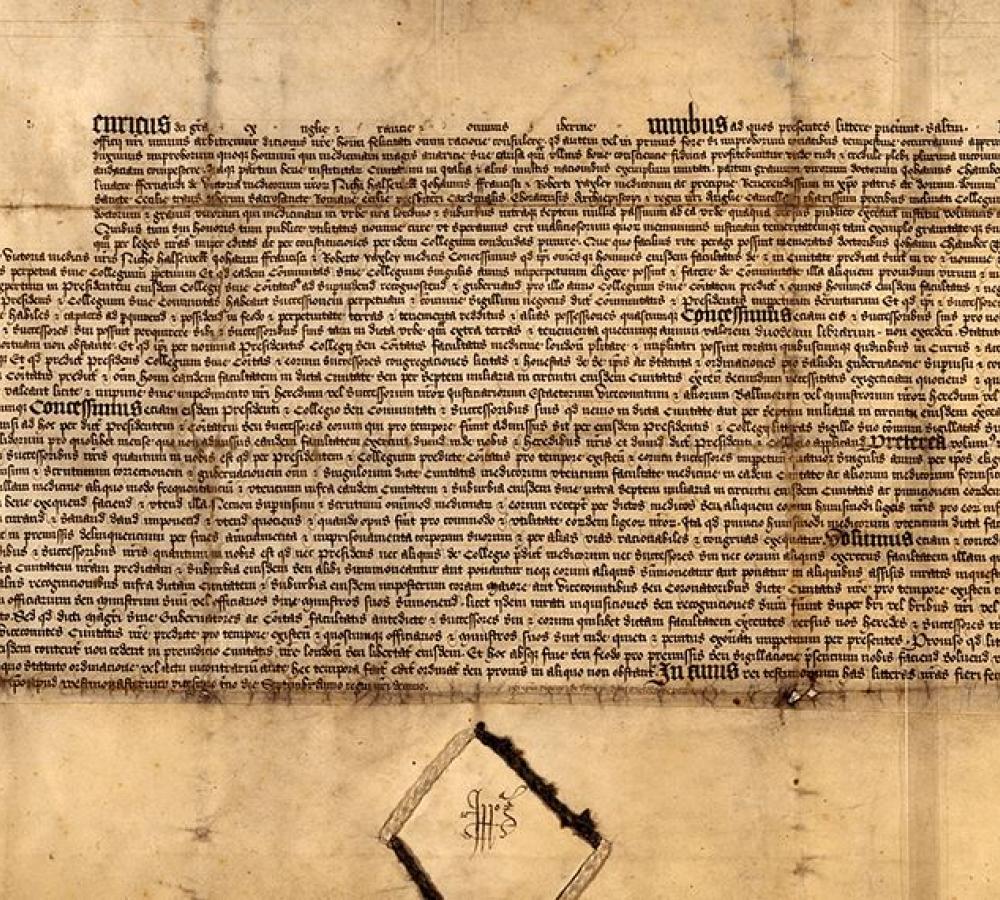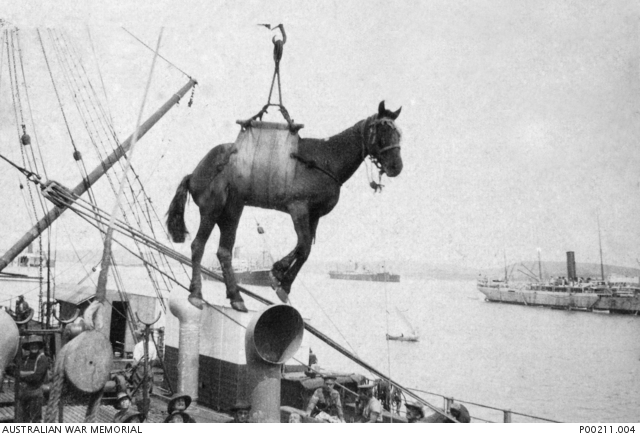Author: Riley Wilkes (USQ JD Student)
Unsurprisingly, Australia’s array of civil and institutional rights has been inherited largely from our English legacy. The same goes for many common law jurisdictions and Western democracies around the world. As ever, the history is complex but interesting.
The 1686 case of Godden v Hales has played a pivotal role in the development of many privileges enjoyed by citizens of western democracies today. To understand the origins of the case, we must consider the power struggles between the autocratic-ruling early Stuart monarchs and their respective Parliaments. These frictions took place in the context of broader religious conflict and came to a head with a constitutional crisis.
Godden v Hales focused on the central contention of this crisis: who has supremacy between the Crown and the Parliament? Its finding in favour of the Crown and subsequent continuance of autocratic rule led to the Glorious Revolution. Through this event, the English Bill of Rights was created, from which our modern systems of government are derived.
Relevance to the Modern Period
In modern Australia, we enjoy many privileges which are taken for granted. The concepts of ‘rule of law’ and ‘separation of powers’ mean very little to the lay person but have an enormous impact on the rights of citizens. For example, parliamentary privilege enables the Australian Parliament to serve its citizens and carry out its functions unhindered by the threat of legal intervention.[1]
These principles, among others, are rooted in the English Bill of Rights 1689. This Bill was the first of its kind and a precursor to the celebrated Bill of Rights 1789 of the United States and has shaped many similar pieces of legislation around the world.[2] It is the foundation of the institutions which prevent autocratic rule in modern democracies.
Unlike most other liberal democracies, Australia does not have its own Bill of Rights, but the original English statute remains in force in Queensland through the Imperial Acts Interpretation Act 1984 (Qld) and other States through similar respective legislation.[3] These principles are widespread today, but how did they come to be? And how does Godden v Hales come into it?
Historical Context
Before we delve into the issues of the case which have asserted its place in the history of common law, let us understand the world in which it took place. In England and its peripheries, the seventeenth century was beset with instances of families, factions, monarchies and legal and religious institutions vying for power. Many of these struggles were part of — if not centred on — the tension between the Catholic and Anglican Churches with roots dating back to the Reformation under Henry VIII.[4] This religious tension often contributed to the power struggles between the Parliament and the King which plagued the reigns of the early Stuart monarchs throughout the seventeenth century.
James I and Charles I (1603–1649)
James I and Charles I believed in the divine right of Kings and often clashed with England’s Parliament, which asserted its power in governance much more forcefully than in Scotland, where James was used to ruling. Accordingly, these monarchs seldom summoned the Parliament, except when they desperately needed it to grant funds, which were often not provided.
By this time, England was very much a Protestant kingdom and Charles’ marriage to a Catholic French princess caused controversy.[5] This, along with his autocratic use of prerogative powers to obtain finances, unsuccessful military campaigns and attempt to control religious practices throughout the Kingdoms, precipitated the English Civil War fought between Parliamentarians and Royalists.
The Wars of the Three Kingdoms, which included the English Civil War culminated in Parliamentarian victory, the trial and execution of Charles I, the overhaul of the monarchy and establishment of the Commonwealth of England. This system soon failed however and Charles II (son of Charles I) was reinstated on the throne, agreeing to work in cooperation with the new Parliament.[6]
Charles II and James II (1660-1688)

Charles II was a more diplomatic ruler who intended to implement religious tolerance, but the new Royalist Parliament was intent on suppressing Catholics and punishing Puritans (who fought against the Royalists in the civil war and were in power during the Interregnum).[7] It passed a series of statutes aimed at suppressing Catholics and non-conformist Protestants, called the Clarendon Code.
Though Charles II attempted to eschew Parliament’s strict measures, pressure from the Parliament and conservative Anglicans was too great. The Parliament implemented the Test Acts of 1673 and 1678 which excluded Catholics and Recusants from public office, including military officers and members of Parliament.[8]
Around this time, there was increasing paranoia towards Roman Catholicism. Events of the previous century set fear into the minds of English Protestants, including the punitive anti-Protestant reign of Mary I, the St Bartholomew’s Day Massacre in France, the Spanish Armada attack, the Gunpowder Plot and the Irish Rebellion of 1641.[9] Anyone seen to have links to Catholicism was viewed with suspicion.
This somewhat overshadowed Charles II throughout his reign for several reasons: his views on religious tolerance, having a Catholic mother, and having spent 12 years in exile in Spain and France. It is even suggested that he secretly negotiated with King Louis XIV of France to receive annual payments in exchange for eventually converting to Catholicism![10] This was nothing compared to the next King however — his brother James II.
Now, one would tend to think that, having been witness to his father’s overthrow and destruction on account of his clashes with Parliament, James II might have done more to acquiesce to the Lords who reinstalled his family on the throne. This was not the case. As young heirs to great monarchies tend to do, he felt entitled to do as he pleased, learning little from the problems of his father’s reign and even exacerbating them on his own.
Charles II may have been a ‘closet Catholic’ but James II openly converted to Catholicism, disregarding the affront caused to the Church of England and largely Protestant population.[11] He was an abrasive absolutist who made no apology for the actions he took, including re-establishing the Court of Ecclesiastical Commission.[12]
In 1685, an unsuccessful attempt at usurping the throne by his Protestant nephew, the Duke of Monmouth (the illegitimate son of Charles II) saw James II assemble forces and appoint Catholic officers within his army, overriding the Test Acts in the process. The Rebellion was quickly quashed and the subsequent Bloody Assizes, overseen by Baron Jeffreys, set an example for what any prospective traitors could expect.
Despite the threat having ceased, James II declared that he would not dissolve his army and, furthermore, that he would not dismiss his Catholic officers, despite Parliament’s requests for him to do so.[13] The King deemed that he held the power to dispense with a law in individual cases and even suspend them altogether. This issue was argued in the case of Godden v Hales.
Godden v Hales (1686)
Sir Edward Hales was one of the Catholic officers who was commissioned by the King to fight the Monmouth Rebellion. His footman, Arthur Godden, brought an action against Hales in the King’s Bench on the authority of the Test Acts, motivated by the reward of £500 to informers.[14] The case took place in 1686 and was presided over by: Sir Edward Herbert, Chief Justice; Sir Francis Wythens, Justice; Sir Richard Holloway, Justice; Sir Robert Wright, Justice; Sir Robert Sawyer, Attorney General; and Sir Thomas Powis, Solicitor General.[15]
The First Test Act stated that ‘[A]ll that do refuse to take the said oaths and sacrament in the said courts and places … shall be ipso facto adjudged incapable and disabled in law … to have … the same office or offices.’[16] Hales argued that the colonelcy was granted to him by a royal warrant ‘dispensing [him] from taking the Oaths of Allegiance and Supremacy etc. required by various Acts of Parliament’.[17] Mr Northey, the counsel for the Plaintiff, argued on the precedent of cases relating to simony and that the disability to hold offices enacted in the First Test Act could not be waived by royal dispensation.
Importantly, six of the 12 judges were dismissed by the Crown prior to the trial for not promising to support the dispensing power.[18] Unsurprisingly therefore, the judges found in favour of Hales:
[A]ll the Judges (except Street and Powell, Justices, who doubted) were of opinion, that the Kings of England were absolute Sovereigns; that the laws were the King’s laws; that the King had a power to dispense with any of the laws of Government as he saw necessity for it; that he was sole judge of that necessity; that no Act of Parliament could take away that power; that this was such a law.[19]
Godden v Hales
Aftermath

King James apparently saw this as a green light to do as he pleased, putting Catholics and dissenters in many important positions, suspending the Clarendon Code, issuing a Declaration of Indulgence (1687) which promoted religious tolerance, and manipulating the Parliament by modifying electorates.[20] The birth of a Catholic son generated fears that a Catholic dynasty would eventuate and, before long, there were signs of dissent in the Kingdom. Seven bishops (including the Archbishop of Canterbury!) who had been imprisoned for questioning the King’s prerogative powers were acquitted by a jury.[21]
Just prior to the birth of the Catholic Prince, seven noblemen invited William of Orange, the Protestant nephew and son-in-law of James, to usurp the English Crown. Heeding this threat, James attempted to renege on many of his reforms, but it was too late: William landed with an army and James fled with his family, resulting in the Glorious Revolution.[22]
The new Parliament met in 1689 and set about resolving the issues of the past century. Notably, the Toleration Act repealed many of the regulations of the Clarendon Code;[23] and the Bill of Rights (fully: An Act Declaring the Rights and Liberties of the Subject and Settling the Succession of the Crown) established the doctrine of the rule of law in England which continues to reverberate throughout the legal systems of common law countries around the world. It, among other things:
- confirmed the supremacy of Parliament over the Crown;
- prohibited the dispensing with or suspending of laws without Parliamentary approval;
- mandated free elections and freedom of speech within Parliament;
- declared that Parliament had to meet frequently;
- prohibited excessive bail, excessive fines and cruel and unusual punishment.[24]
From the summary of events provided above, we can see how the 1686 case of Godden v Hales has played a substantial role in the development of many privileges enjoyed by citizens of western democracies today. The reigns of James I through to James II demonstrate the attempts at autocratic rule and flouting of the Parliament by the respective monarchs. The results were wars, power struggles and revolutions, imbedded with religious antagonism.
Godden v Hales highlights the tensions between Crown and Parliament and can be seen as a test (albeit a rigged one) in determining which would prevail. The outcome of its finding — unrestrained ruling by James II and the subsequent backlash — resulted in the Glorious Revolution and creation of the Bill of Rights, which continues to resonate into the modern period.
We, as Australians today, enjoy freedoms that were founded in that Bill, on the other side of the world and before our nation was even colonised. Despite this, there exists concern about the lack of tangible protections of our rights and a significant movement calling for the creation of a codified Australian Bill of Rights.
I would invite readers to do their own research and give their opinion on whether Australia needs to create its own human rights legislation. Here, you can view the most recent attempt at establishing such legislation — the Bill of Rights Bill 2019, tabled by the independent federal Member for Clarke, Andrew Wilkie.[25]
[1] ‘Parliamentary Privilege’, Parliament of Australia (Infosheet, March 2020) <https://www.aph.gov.au/About_Parliament/House_of_Representatives/Powers_practice_and_procedure/00_-_Infosheets/Infosheet_5_-_Parliamentary_privilege>.
[2] ‘English Bill of Rights’, History.com (Web Page, 26 February 2020) <https://www.history.com/topics/british-history/english-bill-of-rights>.
[3] Imperial Acts Interpretation Act 1984 (Qld) sch 1.
[4] ‘Christianity in Britain’, BBC (Web Page, 27 April 2011) <https://www.bbc.co.uk/religion/religions/christianity/history/uk_1.shtml>.
[5] Carolyn A Edie, ‘Tactics and Strategies: Parliament’s Attack upon the Royal Dispensing Power 1597–1689’ (1985) 29(3) American Journal of Legal History 197, 215.
[6] Ibid 216.
[7] Ibid 216–7.
[8] Dennis Dixon, ‘Godden v Hales revisited – James II and the dispensing power’ (2006) 27(3) The Journal of Legal History 129, 136–7.
[9] Lachlan Malone, ‘Hellish Enfleshment: Embodying Anti-Catholicism in Early Modern English Culture’ (PhD Thesis, University of Southern Queensland, 2015) 7, 10, 14, 53.
[10] Edie (n 5) 220–1.
[11] Ibid 226.
[12] Ibid 233.
[13] Dixon (n 8) 151.
[14] Ibid 137.
[15] Godden v Hales (1686) 2 Show KB 475; 89 ER 1050.
[16] Test Act 1673, 25 Car 2, c 2, s 4 quoted in Dixon (n 8) 143.
[17] Calendar of State Papers Preserved in the Public Record Office, Domestic Series, James II, vol 2, Jan 1686-May 1687, London, 1964, entry 111 quoted in Dixon (n 8) 137.
[18] Dixon (n 8) 138.
[19] Godden v Hales (1686) 2 Show KB 475, 478; 89 ER 1050, 1051.
[20] Edie (n 5) 209.
[21] Ibid 228–9.
[22] Ibid 230.
[23] Ibid.
[24] ‘English Bill of Rights’ (n 2).
[25] Australian Bill of Rights Bill 2019 (Cth).





Recent Comments